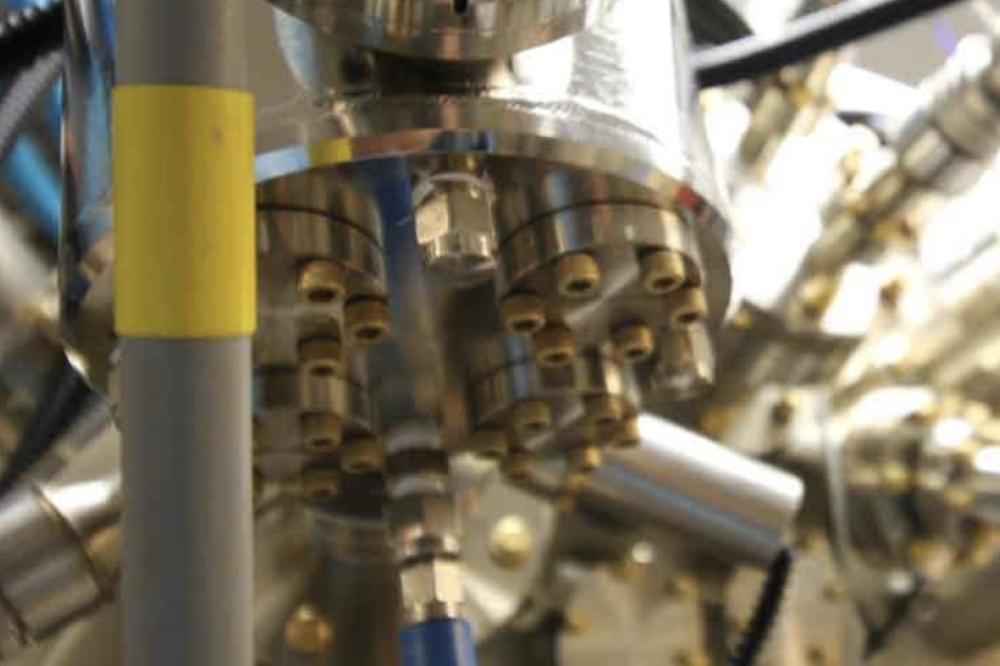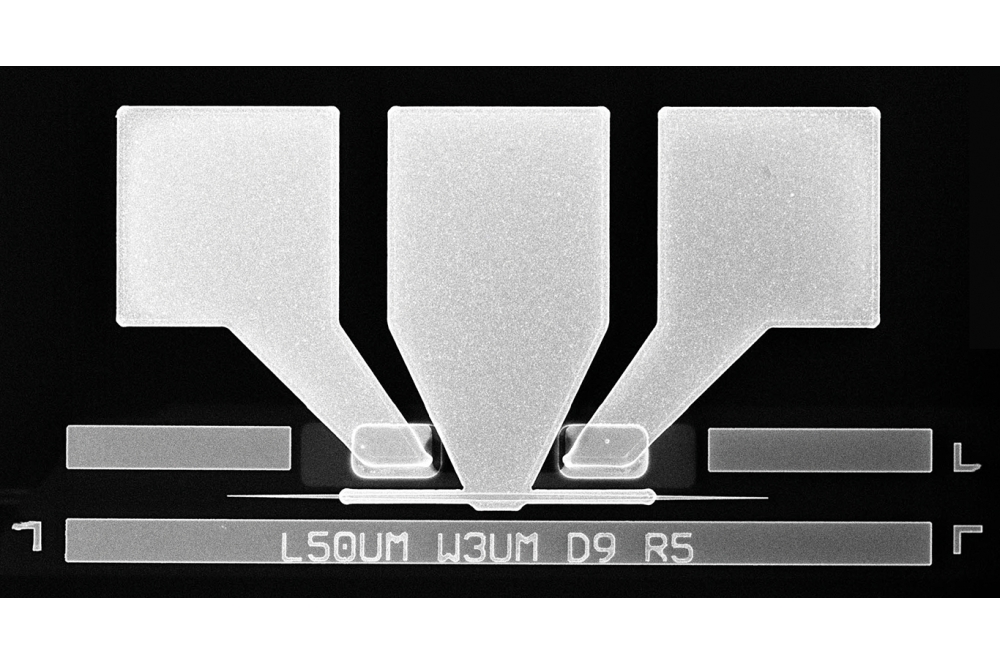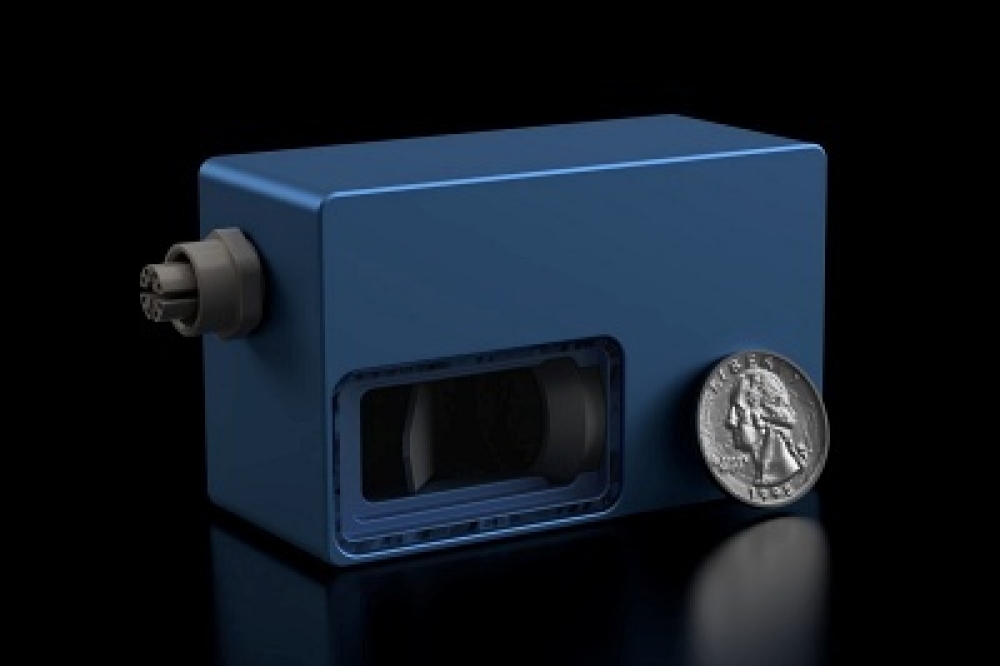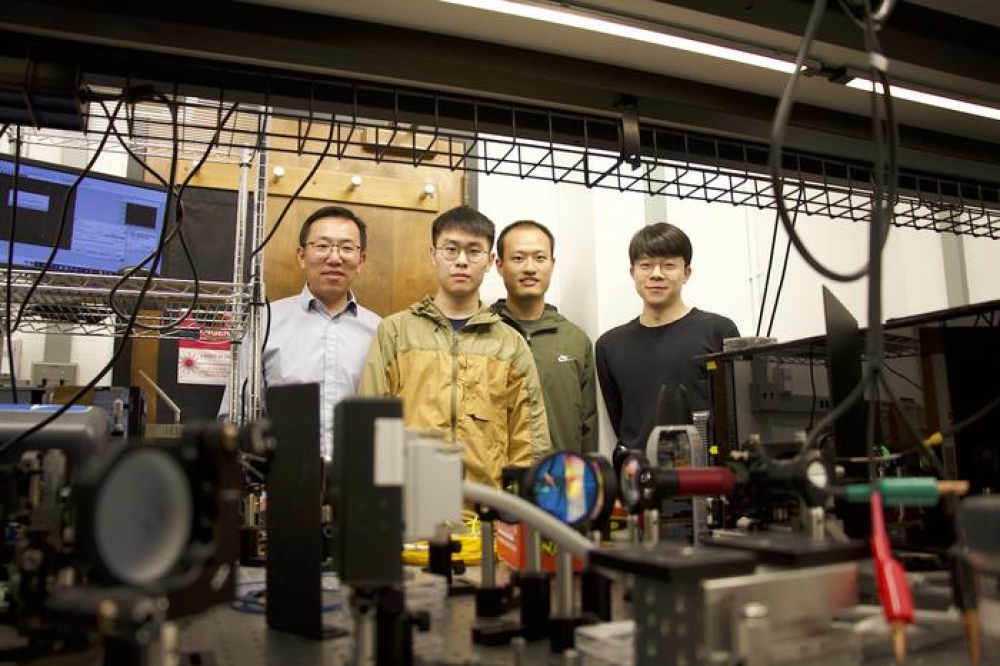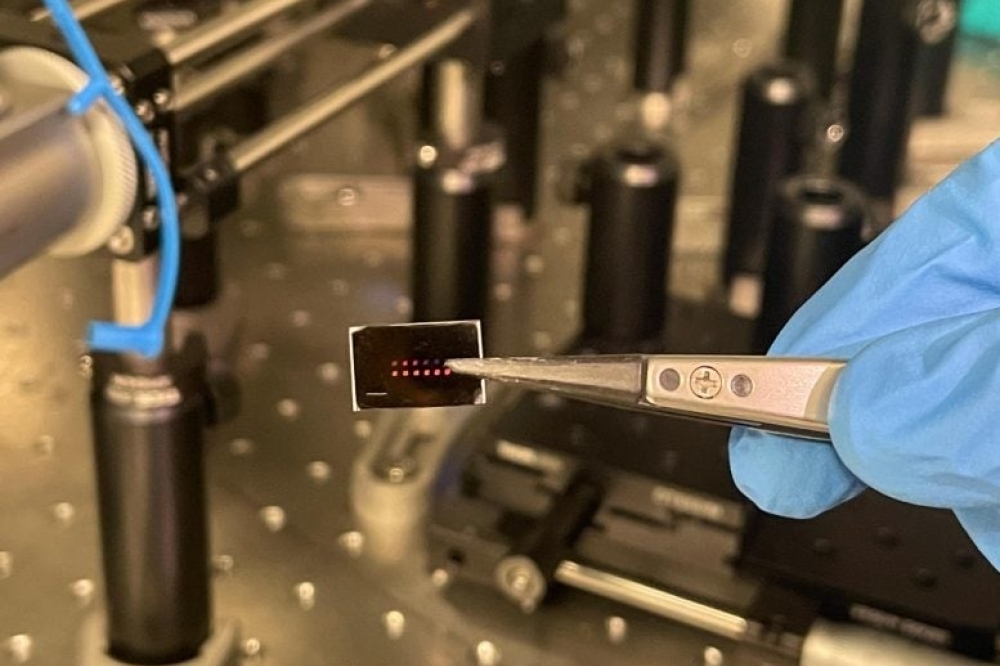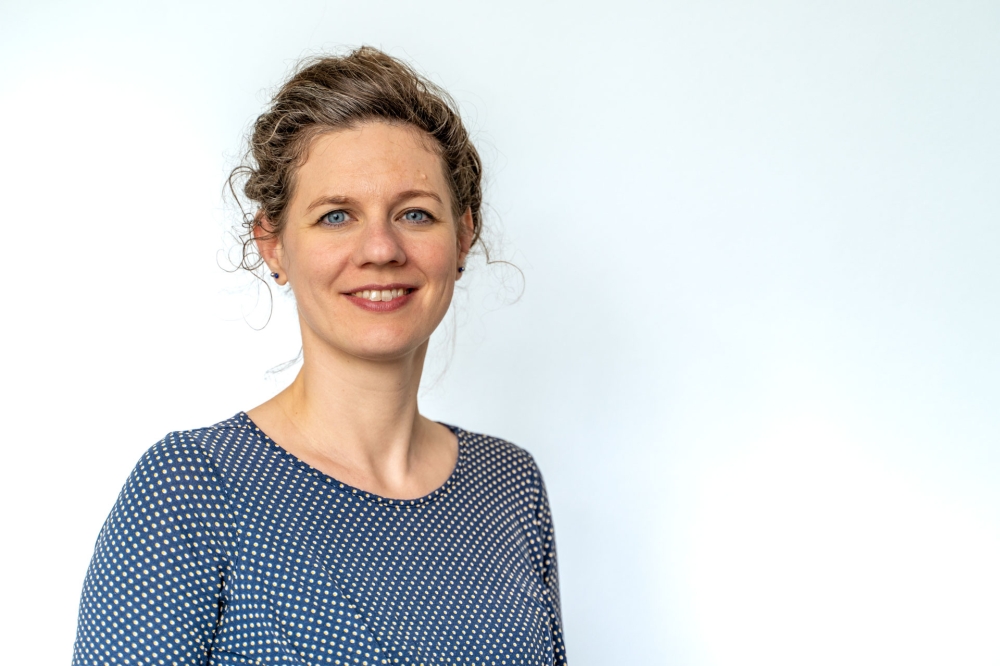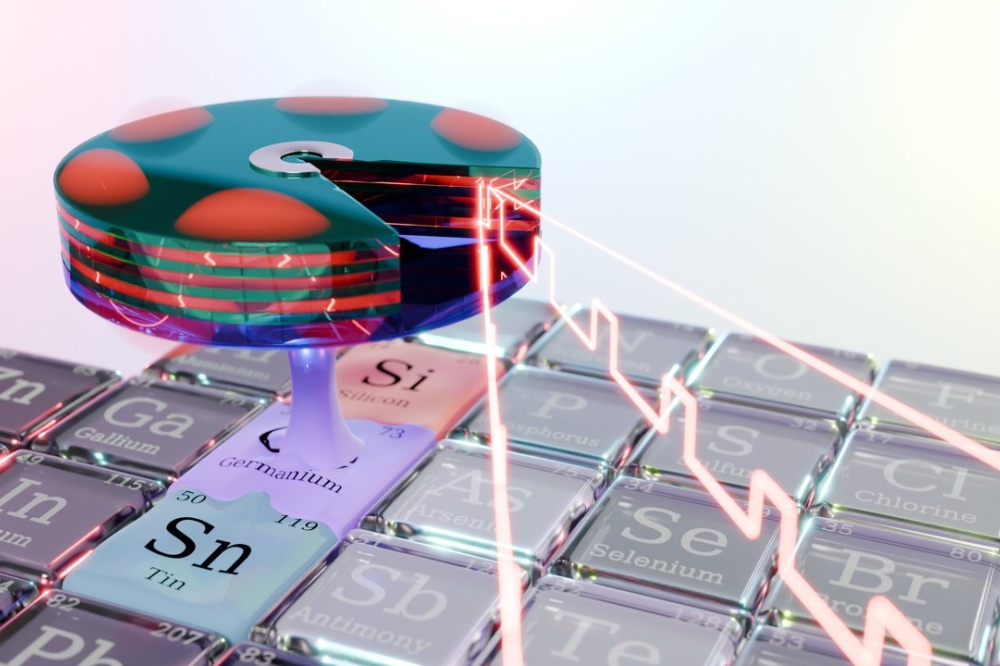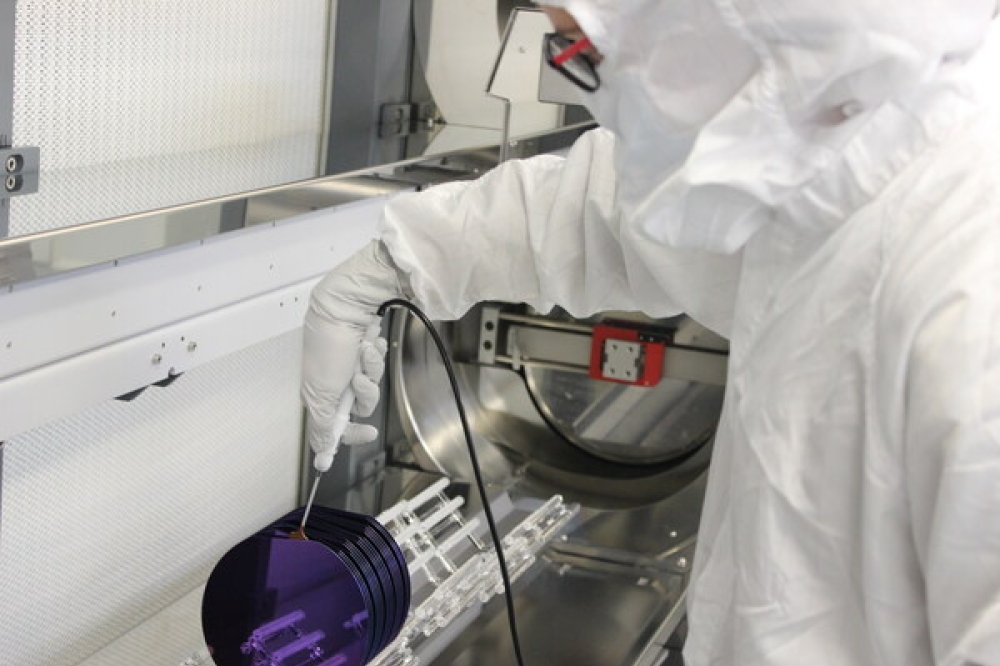Fraunhofer IPMS consortium partner in research on photonic quantum chips

Everyone is talking about quantum computers. With the help of high interconnection of as many qubits (two-state quantum systems) as possible, massive amounts of data are to be processed more easily, quickly and securely in the future. In the PhoQuant project, a consortium led by the quantum start-up Q.ANT is now researching photonic quantum computer chips - made in Germany - which can also be operated at room temperature. One of the 14 consortium partners is the Dresden-based Fraunhofer Institute for Photonic Microsystems IPMS.
In the project "PhoQuant" many years of experience in cutting-edge research and business come together to bring quantum technology to industry. Many quantum computers still operate at extremely low temperatures close to absolute zero (- 273.15 °C). Cooling requirements are correspondingly high, and direct on-chip coupling with classical computer architectures is not possible. In order to ensure a symbiosis of quantum computer chips and conventional mainframe computers, the new photonic chip process is being applied in the "PhoQuant" research project.
The "PhoQuant" project is being funded with around 50 million euros. Of this, around 42 million euros will come from the German Federal Ministry of Education and Research (BMBF), while the consortium partners will contribute around 8 million euros. The funding will be used to build a demonstration and test facility for photonic quantum computer chips and other quantum computing components. In the project, the consortium will develop algorithms and technologies for photonic quantum computing and prepare for industrial deployment. The functions required for computing operations can be fabricated on a single chip using sophisticated semiconductor manufacturing processes. By depositing highly specialized light channels on silicon wafers, quantum states can be manipulated, controlled and monitored in the so-called "photonic integrated circuits" with almost no loss, even at room temperature. In the future, this will make it possible to use the chips to supplement conventional mainframe computers.
"The funding is an important signal for Germany as a location for innovation. We are at the dawn of the quantum computing age and the global race for market share of this future technology has begun. The funds now provided for this research alliance are an important building block for a quantum computer made in Germany," says Michael Förtsch, CEO of Q.ANT. During the 5 years of the project, the goal is to provide an advantage for the computation of industry-relevant applications. A first example is the real-time optimization of schedules at airports in case of unforeseen delays. For this purpose, the consortium is developing a new photonic computing architecture that will enable a quantum computer with up to 100 qubits during the course of the project. Tailored to this new architecture, optimized algorithms for special problems as well as algorithms for universal quantum computing will be developed during the project and made available to the public via cloud connection.
"In this project, Fraunhofer IPMS is developing FPGA and ASIC architectures with active interfaces for high-precision control and evaluation of functionalities of the photonic quantum computer chip. In addition to know-how in photonics, competences in mixed-signal control design for FPGA and ASICs are particularly necessary for this. These are competences that we can contribute in order to realize a common goal together with the consortium partners. Namely, to realize a high-performance photonic quantum computer," explains Marcus Pietzsch, head of the PhoQuant project at IPMS.
In two and a half years, the project partners want to present a first prototype, and in five years at the latest, a quantum computer chip capable of performing large-scale calculations should be developed. Experts currently see the use of computers with quantum chips in sectors such as the chemical industry, biomedicine and materials science.





